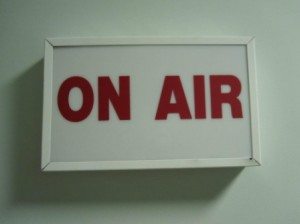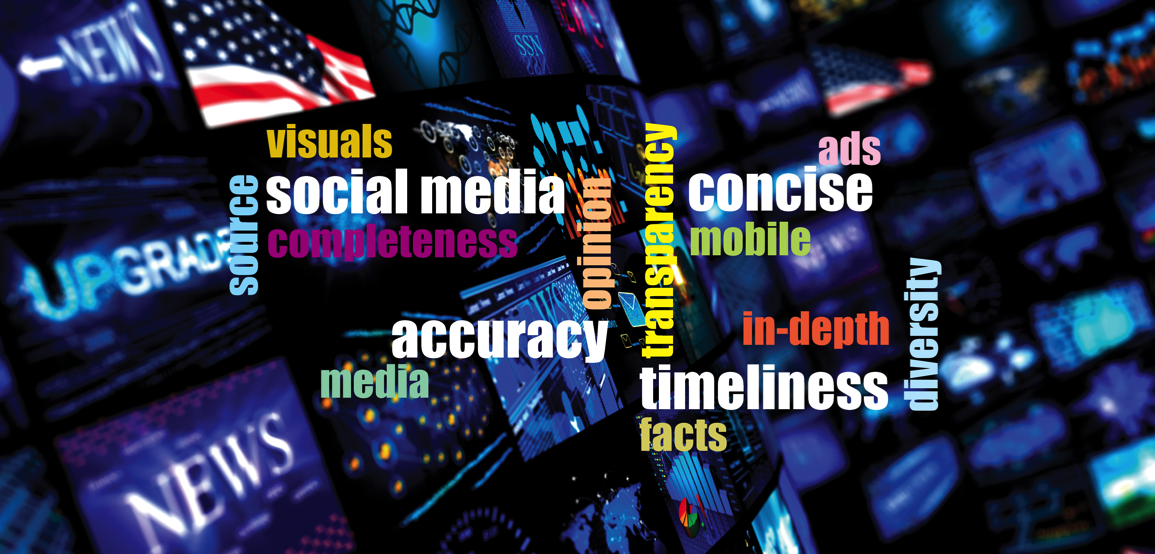 Most stories about the latest poll from the Pew Research Center focused on the growing popularity of the Internet as a news source. But the headline for me was the enduring popularity of television news, both local and network or cable. The trouble is, I’m not sure I believe it.
Most stories about the latest poll from the Pew Research Center focused on the growing popularity of the Internet as a news source. But the headline for me was the enduring popularity of television news, both local and network or cable. The trouble is, I’m not sure I believe it.
Sixty percent of Americans told the Pew researchers that they get news from the Web on a daily basis, making it the third most popular source and beating out both newspapers and radio. About a quarter of those surveyed say they read news on their cellphones. And the vast majority of news consumers get their information from multiple platforms every day. Only 7% rely on just one type of source.
But according to the poll, television news remains considerably more popular than news on the Internet, especially local TV news. The Pew study found that almost 80 percent of Americans get their news from a local TV station’s newscast every day; almost three-quarters said they watch network or cable news.
That’s surprising, because other surveys and ratings reports have shown a steady decline in viewership for both network and local news over the past 20 years. The Pew Center itself reported in 2008 that just over half of those surveyed reported watching local TV news daily; 40% said they watch cable news and 30% watched network news. It doesn’t seem possible that daily viewership could have almost doubled in two years, does it?









2 Comments
What question did Pew ask? If I were asked, “Do you watch local television news 5 days out of each week?”, I would have to say, “Yes.” I tune in, with the sound off, at some point during the local evening news because I listen to weather forecasts — and sometimes a brief segment of area college sports, Maybe a total of 5 minutes focused attention.
My iPhone Weather Channel app gets much more attention — as do my NYTimes app and Twitter tweets from multiple groups that study or produce online news (like this site). This seems a pattern with my friends. Better measurement of just how much “attention” is focused surely would produce different results. Of course, this is one person’s anecdote. But finding better measures is always an issue in media studies, right?
[…] Sourced from: NewsLab […]